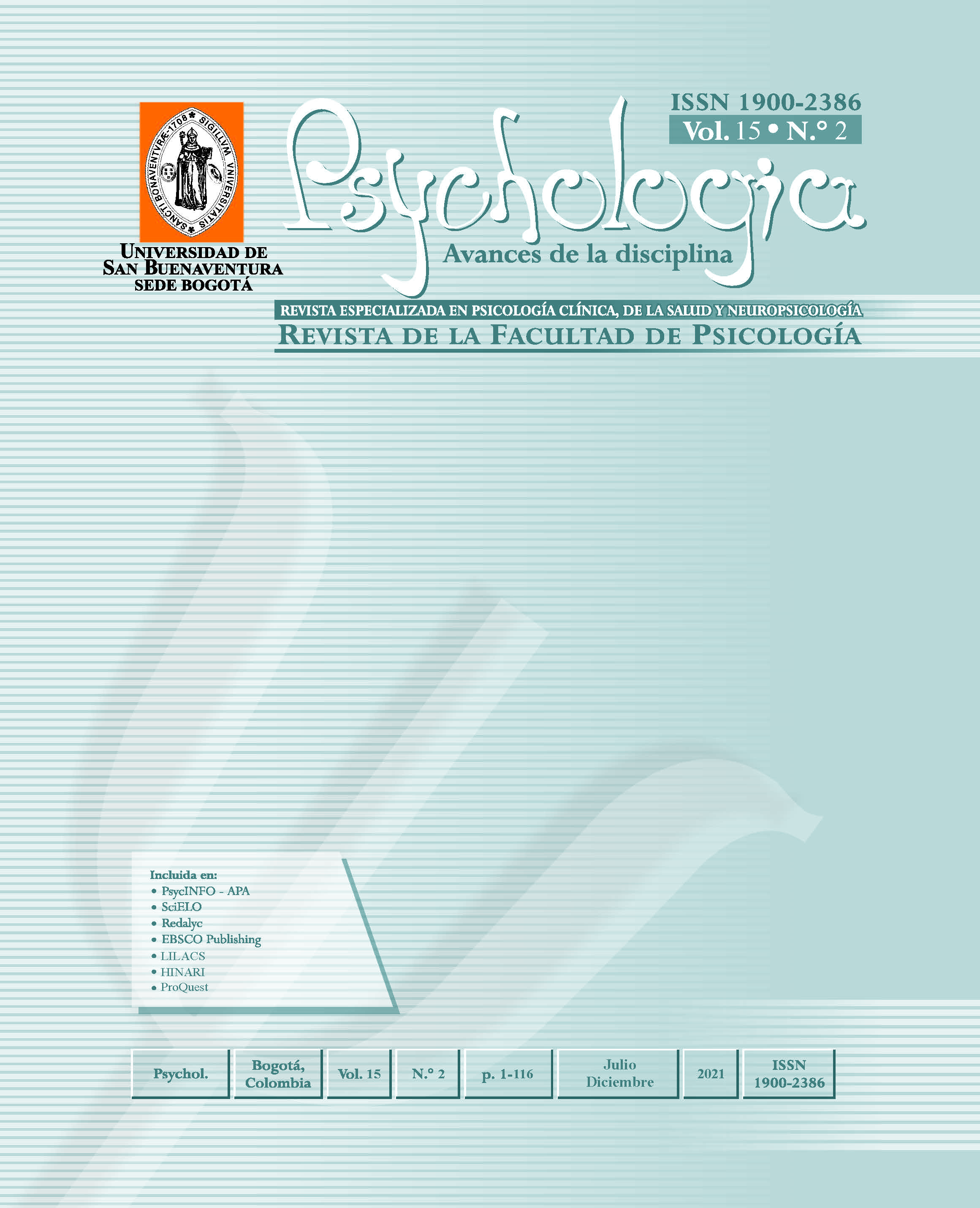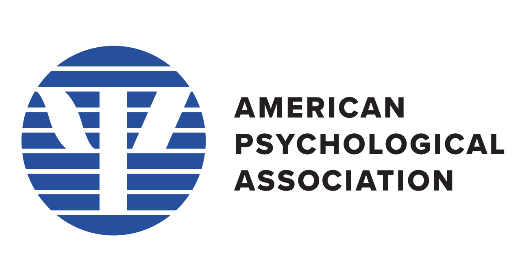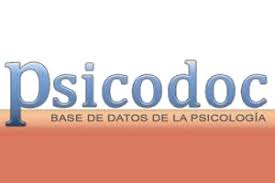Esta revista proporciona un acceso abierto inmediato a su contenido, basado en el principio de que ofrecer al público un acceso libre a las investigaciones ayuda a un mayor intercambio global de conocimiento.
Por tanto se acoge a la Licencia Creative Commons 4.0 Atribuciones Reconocimiento – NoComercial – CompartirIgual (by-nc-sa): No se permite un uso comercial de la obra original ni de las posibles obras derivadas, la distribución de las cuales se debe hacer con una licencia igual a la que regula la obra original.
http://creativecommons.org/licenses/by-nc-sa/4.0/
Resumen
Metacognition is an important higher-order thinking process for successful learning. The present study investigated the relation between students’ (N = 65) expectations about their grade (expressed as difference scores between expected grade and actual grade) and their metacognitive monitoring accuracy and bias and the extent to which these difference scores in expected grade versus actual grade predicted accuracy and bias, employing an explanatory sequential quantitativeQUALITATIVE mixed method research design. The study also explored how students develop and refine metacognitive judgments and the types of strategies they employ during this process. Results revealed that there were significant relations between difference scores in expected grade versus actual grade and accuracy and bias (r = .02 to r = .89 in absolute value), and that difference scores significantly predicted both accuracy (R2 = .52) and bias (R2 = .69). Further, qualitative findings revealed that there were differences in how students developed and refined metacognitive judgments as a function of four aspects of learning: effort/preparation, strategy selection/implementation, planning, and evaluation. Educators should explicitly teach metacognitive monitoring skills to improve students’ selfregulated learning.
Key words. Metacognition; Absolute accuracy; Absolute bias; Mixed method (Source: PsycINFO Thesaurus).





















